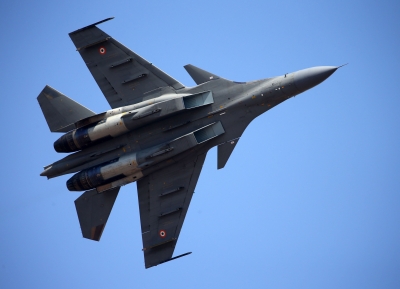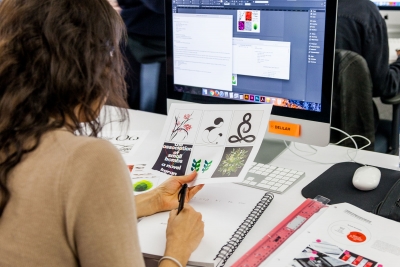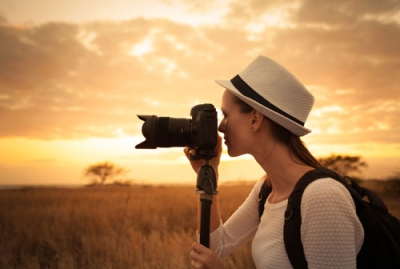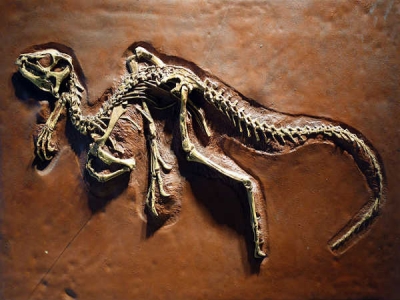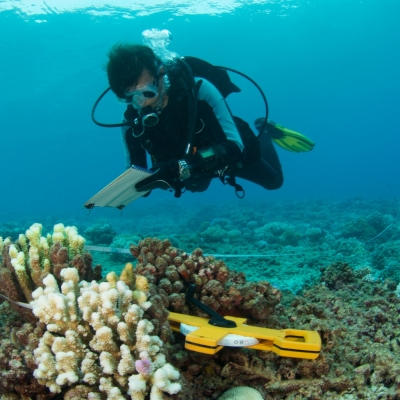
CAMERAS AND PHOTOGRAPHY
A camera is a device that records an image of a scene, either on photographic film or electronically as a digital photograph. Its main features are a light-proof body, a lens and a shutter. The lens gathers rays of light from the scene that the camera is pointed at and bends them so that all the rays from one point on the scene are focused to meet at the same place at the back of the camera. In this way it makes a small copy of the scene called an image. The shutter opens to allow light from the lens to reach the film or light sensors. Photographic film must be exposed to just the right amount of light in order to create a clear image on the film. The exposure is controlled by adjusting how long the shutter opens for (called the shutter speed) and the size of an opening behind the lens called the aperture.
In 1888 American inventor George Eastman introduced the first Kodak box camera. It helped to make photography a popular hobby because the films could be sent away for developing.
The forerunner of the camera was the camera obscura, used by artists, which made images with a lens, but could not record them. The earliest surviving photograph was taken by Frenchman Joseph Niepce in 1827. It was recorded on a metal plate coated with chemicals that changed very slowly where the image was light but not where it was dark. Photographic processes were soon improved by Frenchman Louis Daguerre, and Englishman William Fox Talbot. Talbot developed the negative-positive process, where the image is recorded as a negative in the camera, and is used to print positive photographs.
In a single-lens reflex (SLR) camera, a mirror and a pentaprism reflect the light from the lens into the viewfinder so that the photographer sees exactly what the image on the film will be. When the shutter-release button is pressed, the mirror flips up out of the way and the shutter opens to let light reach the film.
RECORDING AN IMAGE
Photographic film consists of a plastic strip coated on one side with a layer of light-sensitive chemicals. When light from a scene is focused on to the film in a camera, the chemicals in the bright areas of the image begin to change. The brighter the light, the greater the change. The chemicals remain unchanged in the dark areas. At this stage, the image is simply a pattern of chemicals. It only becomes visible when the film is processed. Colour film contains three layers of chemicals, one to record each of the primary colours of light, which are red, green and blue.
The lmacon high-speed research camera takes photographs just one billionth of a second apart. It can reveal what happens when a bullet hits its target.
DIGITAL PHOTOGRAPHY
A digital camera is a camera in which photographs are stored electronically in digital form rather than on traditional film. The lens focuses light on to a special microchip called a charge-coupled device (CCD). This divides the image into pixels, measures the brightness and colour of each one and digitizes the readings. The digitized image is stored in memory chips or on a floppy disc. The photographs are transferred to a computer, where they can be viewed on screen, edited, added to documents, used to make greetings cards, or attached to e-mails.
MOVIE CAMERAS
American inventor Thomas Edison built his kinetoscope in the late 1891 to show films shot by his kinetograph, which was one of the first movie cameras. The viewer watched the movie, which was on a continuous loop of film, through a slot in the top of the kinetoscope.
A movie film is made up of thousands of photographs called frames on a long roll of film. The frames are taken in quick succession by a movie camera (or cine-camera). A revolving shutter opens to let light hit the film, creating the image for a frame. Then it closes and the film is moved into position for the next frame. This sequence is repeated again and again to photograph 24 frames every second.
A movie projector does the reverse of a camera. It shines a bright light through the film and focuses the rays onto a screen, creating an enlarged image. It shows the frames in quick succession, which creates the illusion of movement.
Picture Credit : Google
